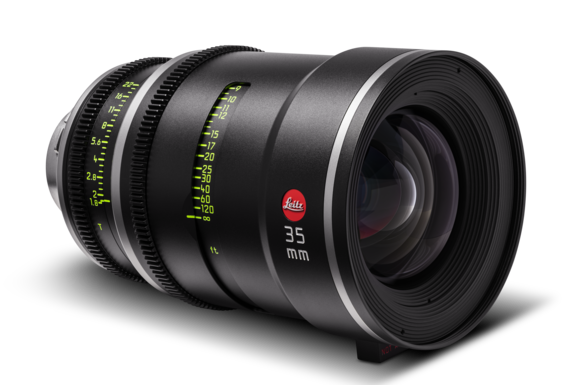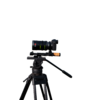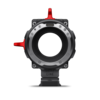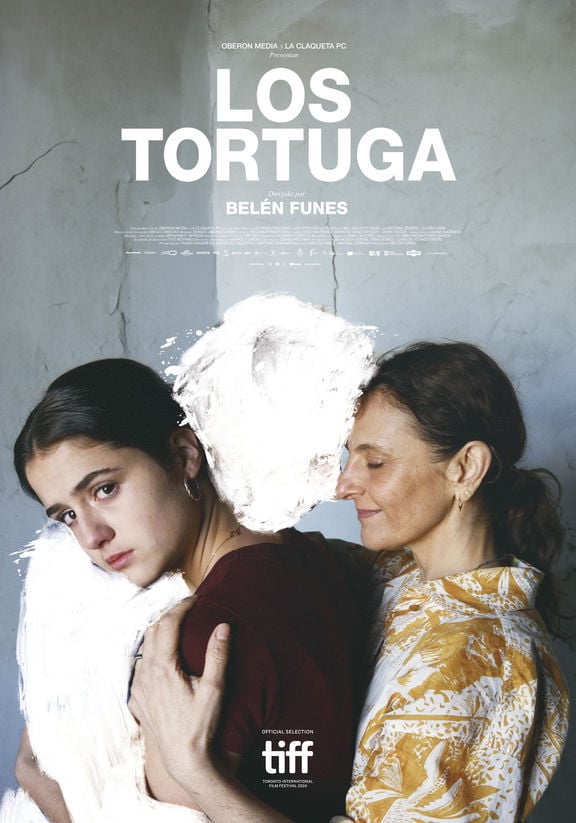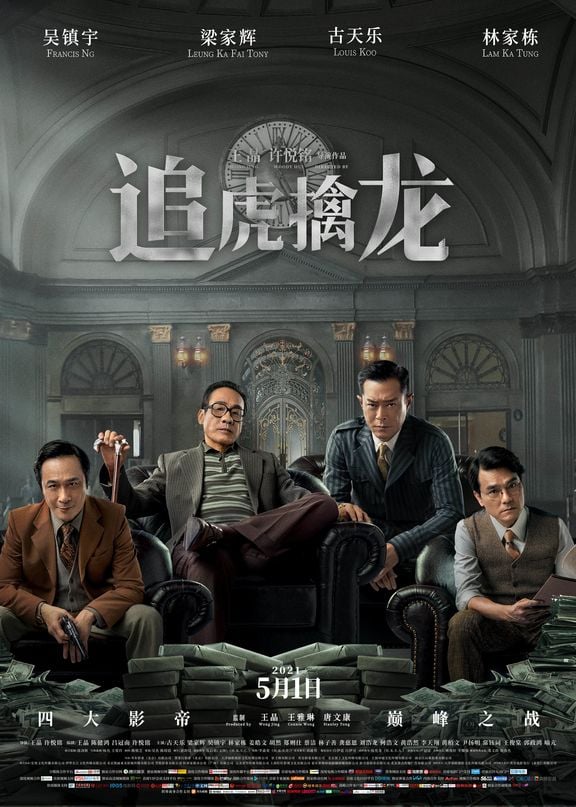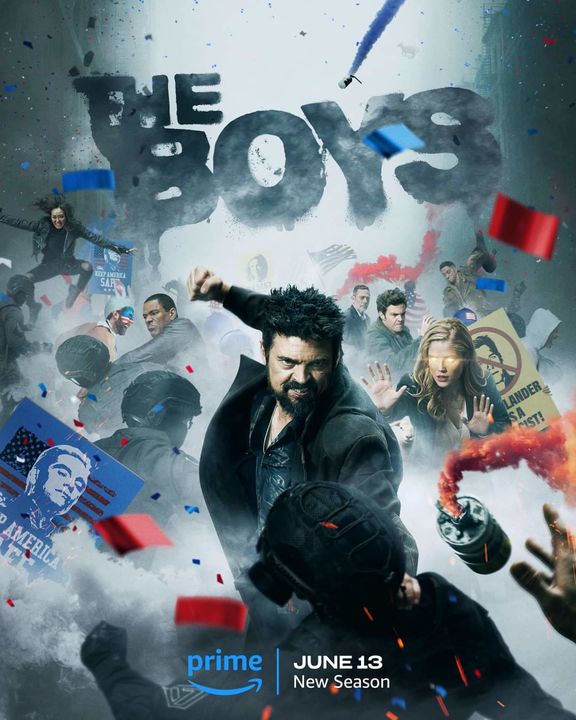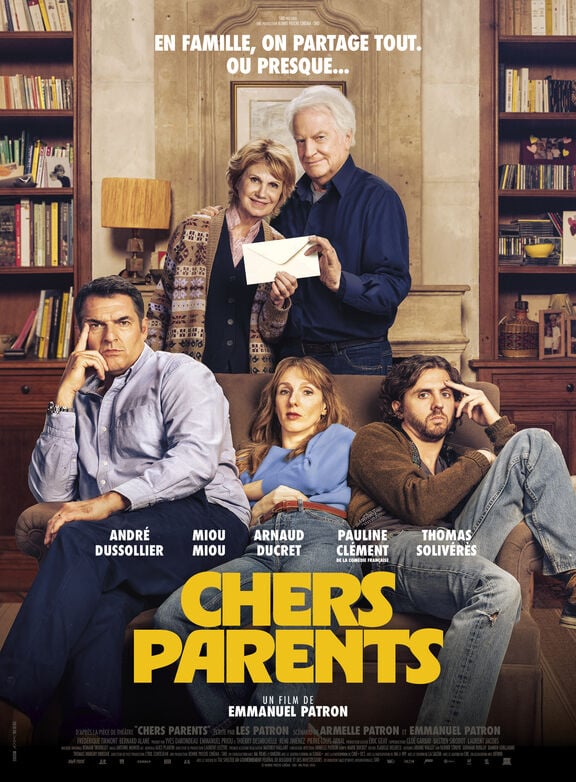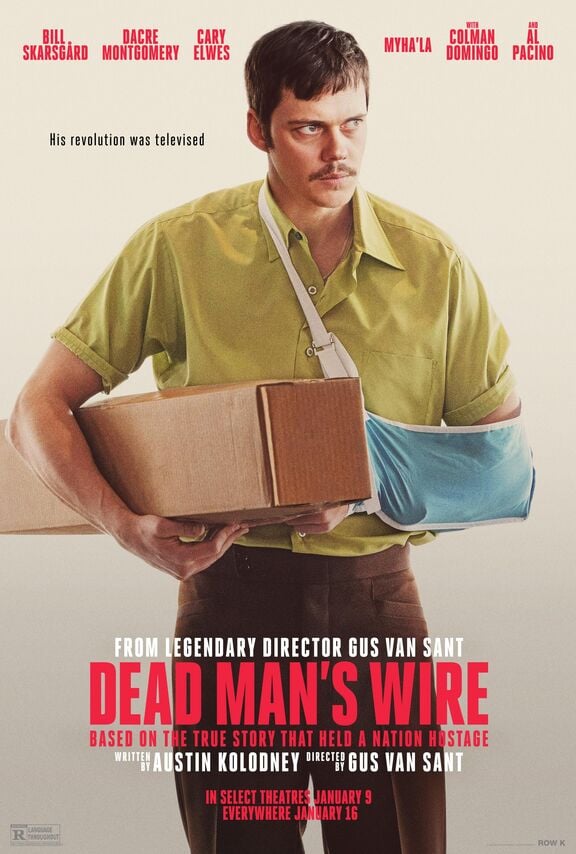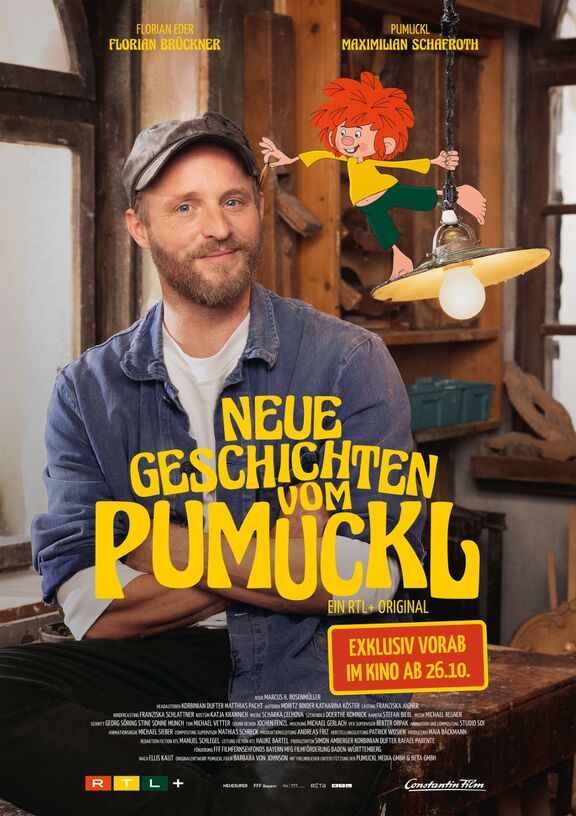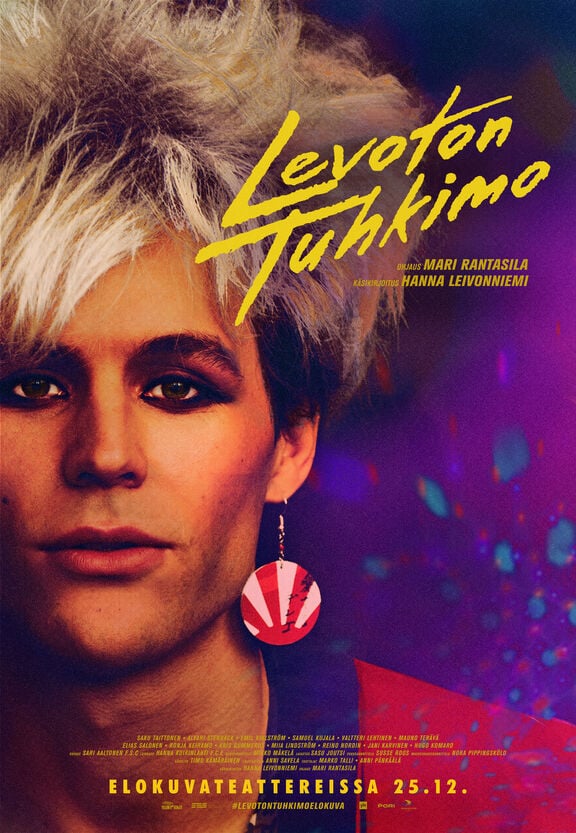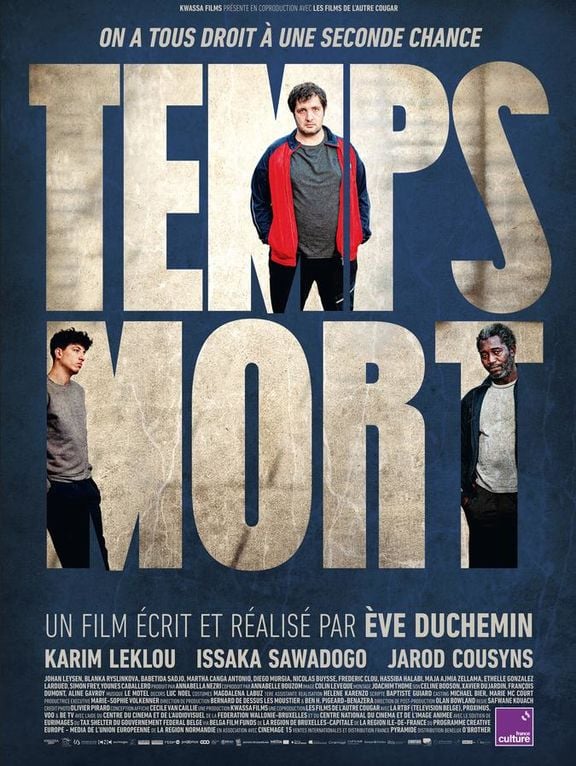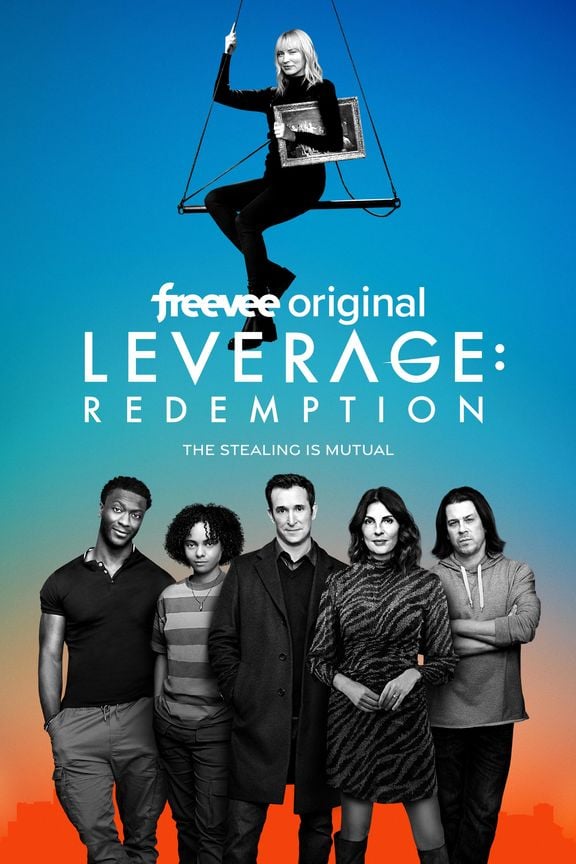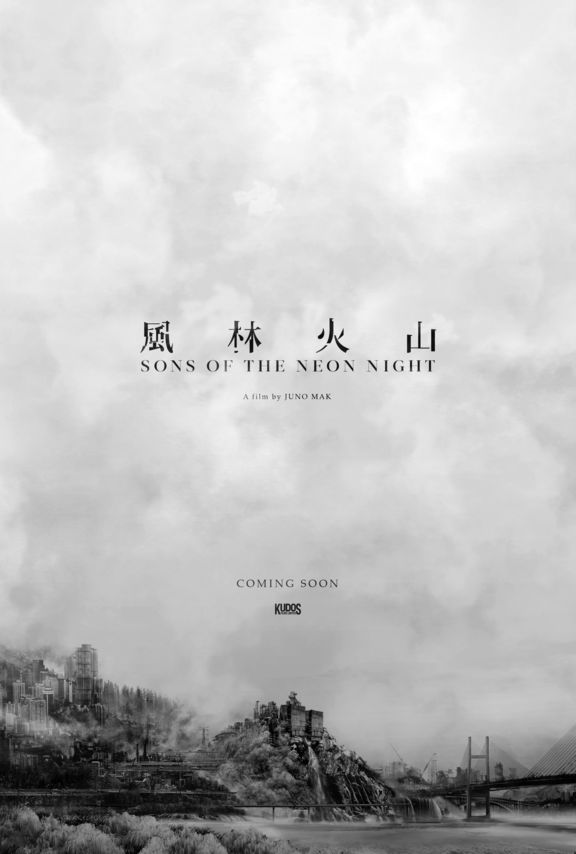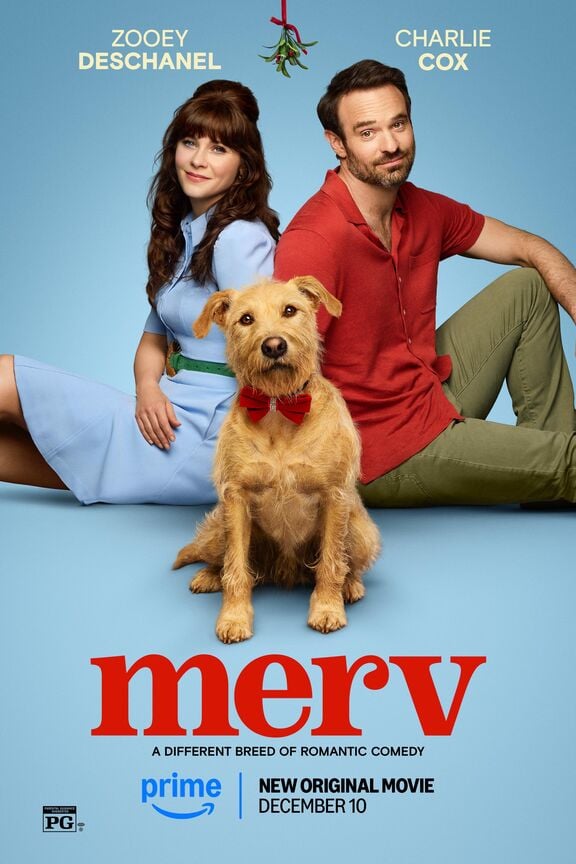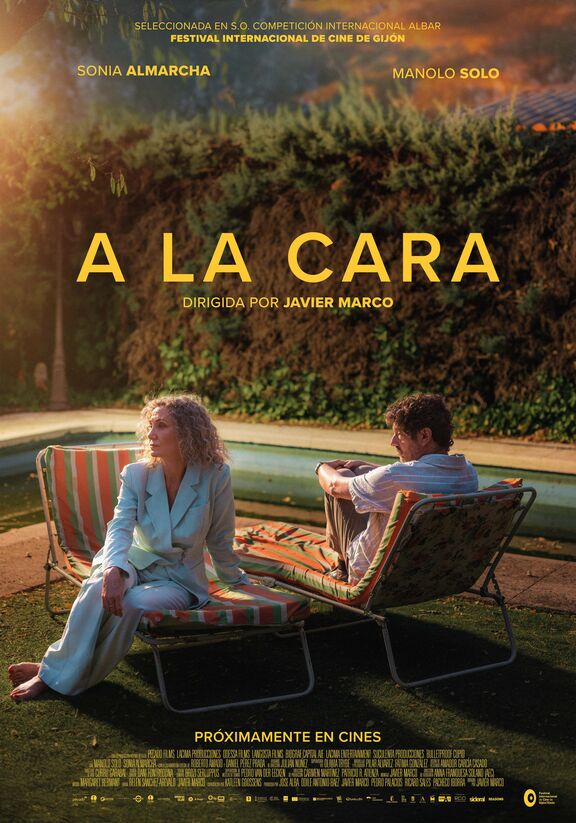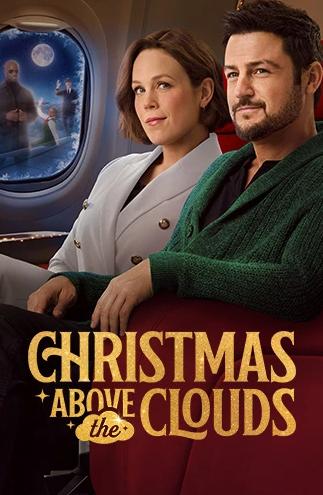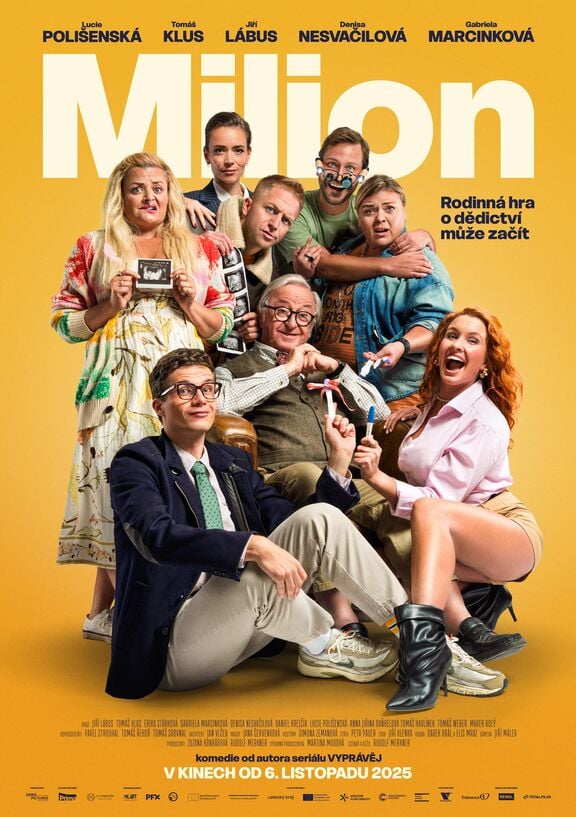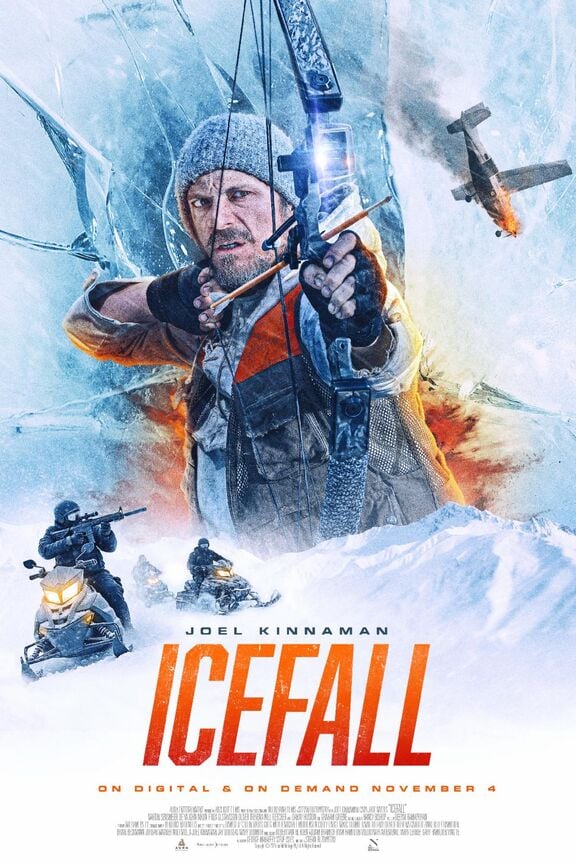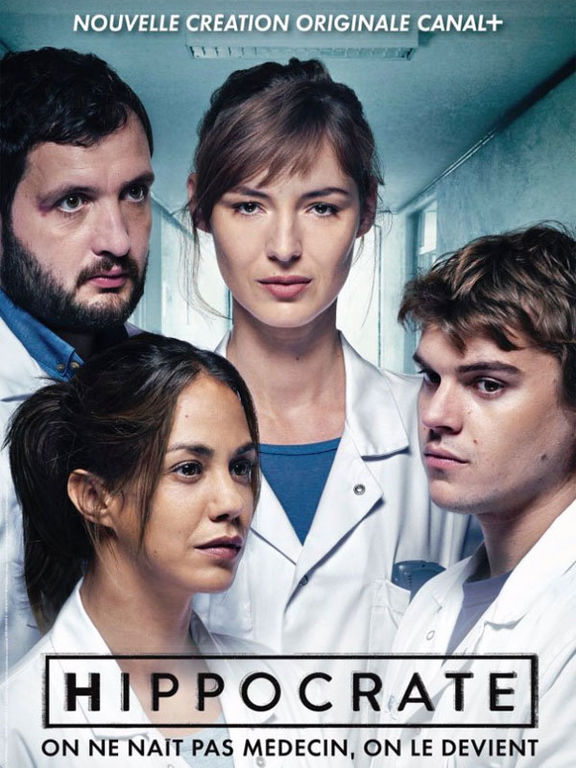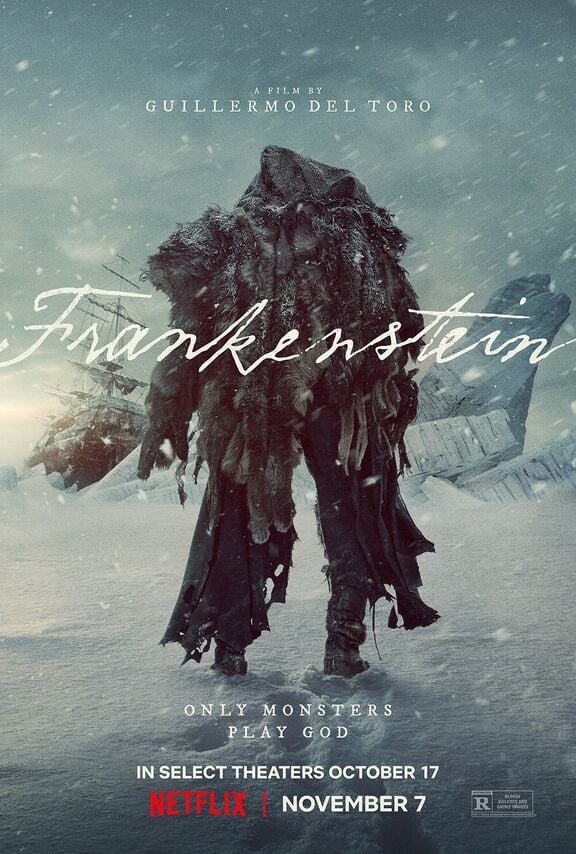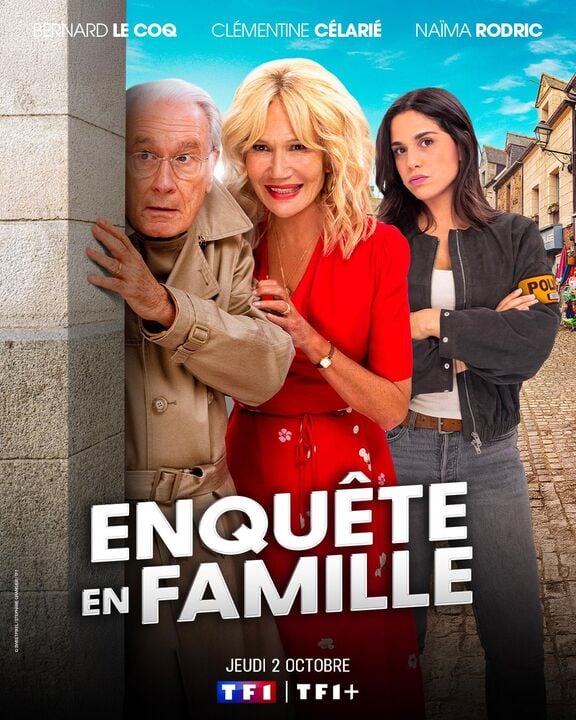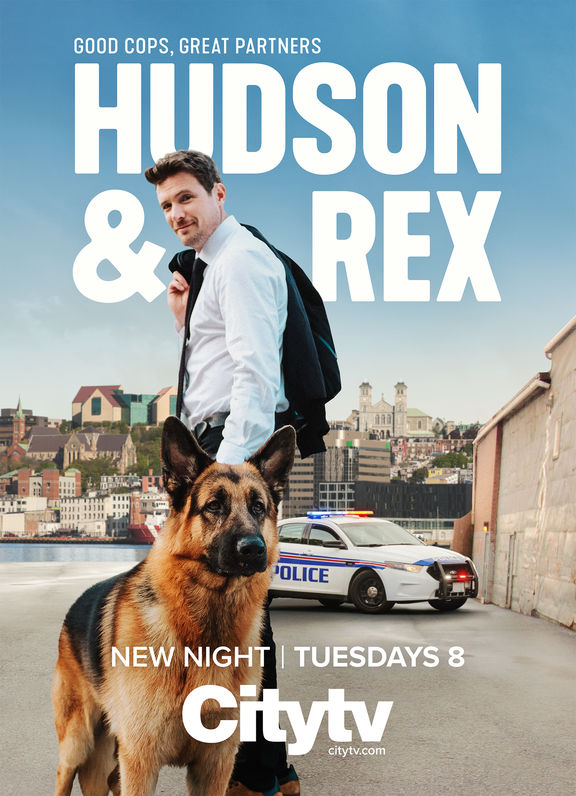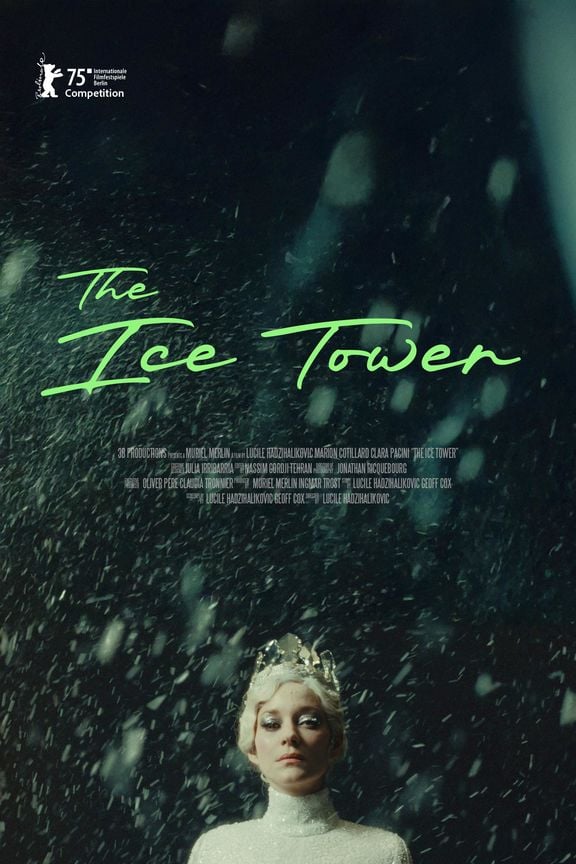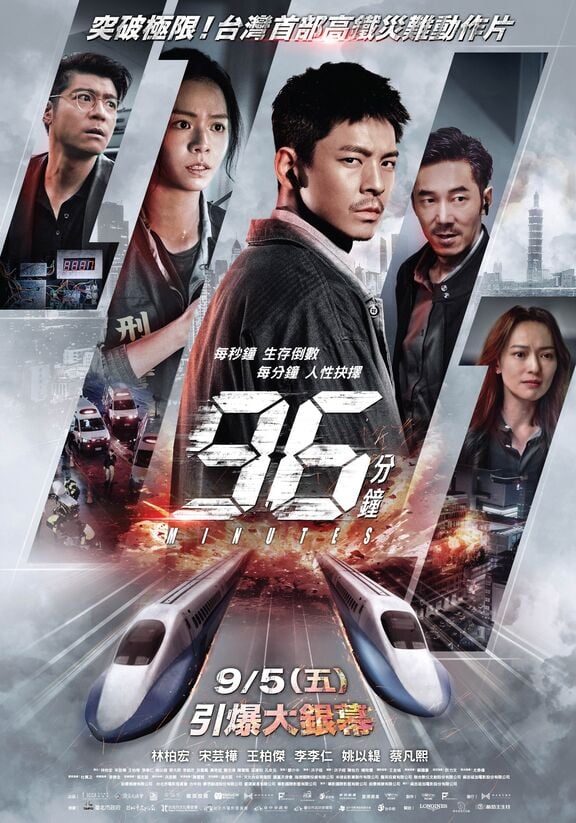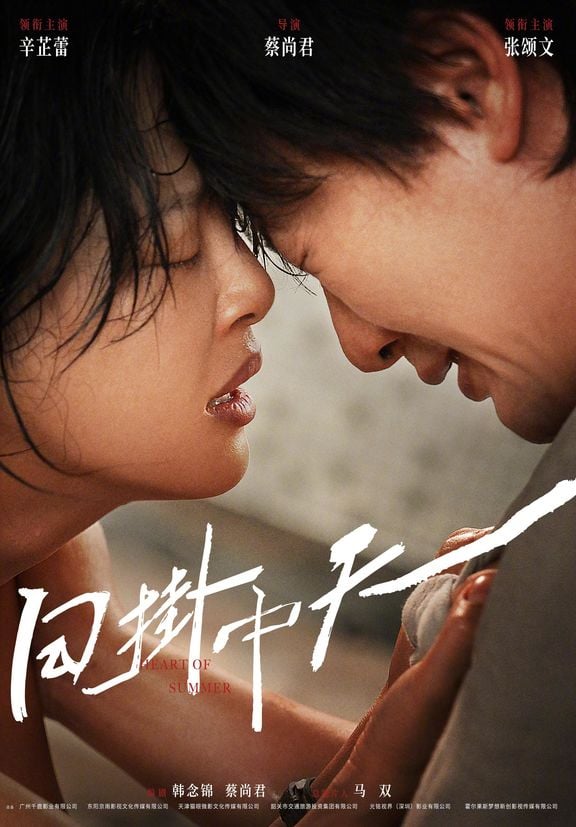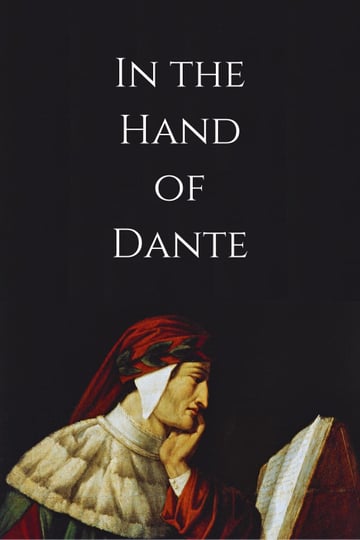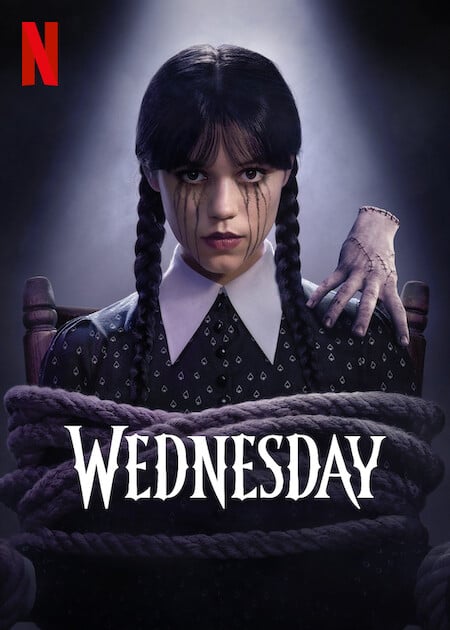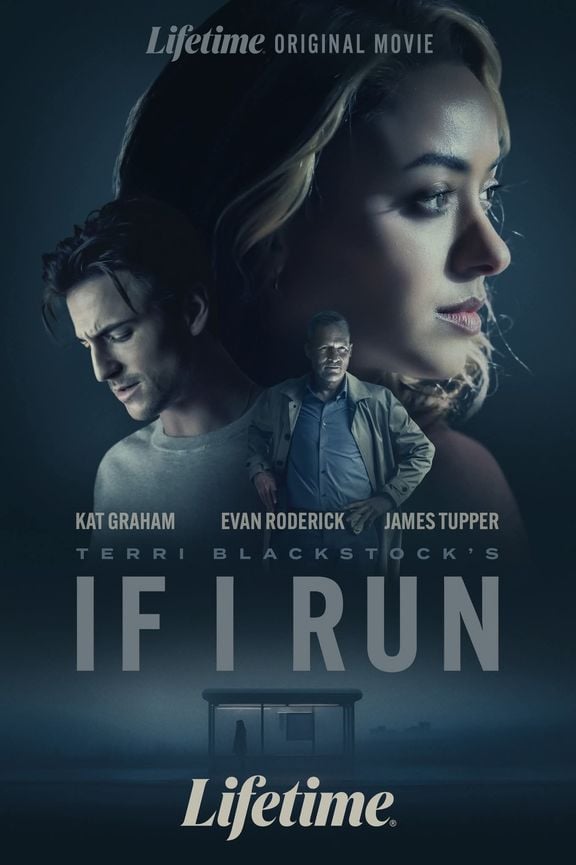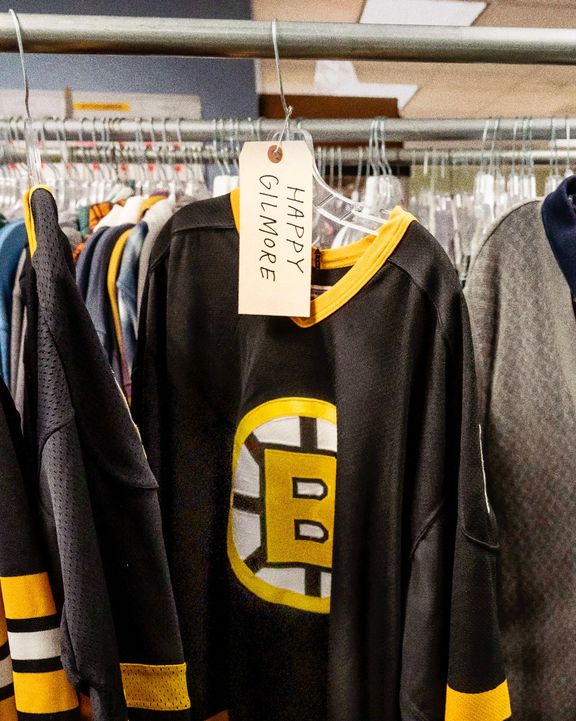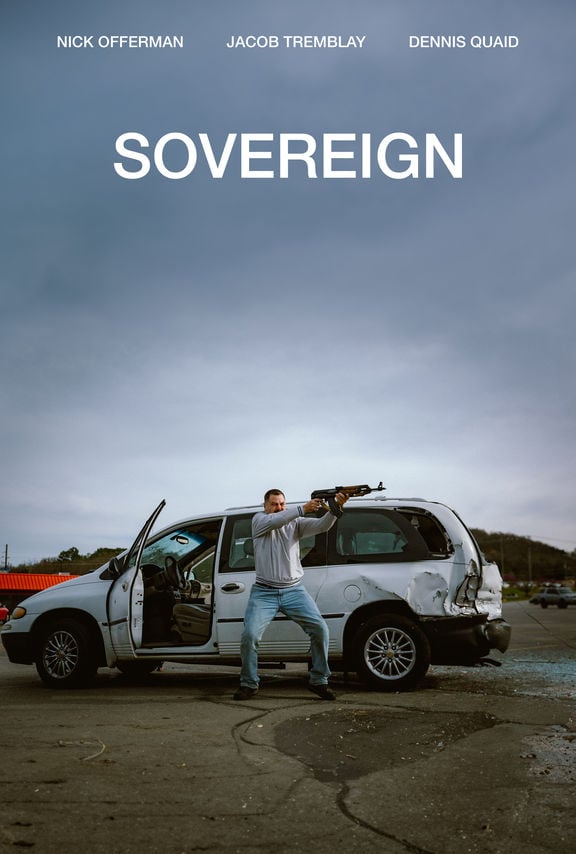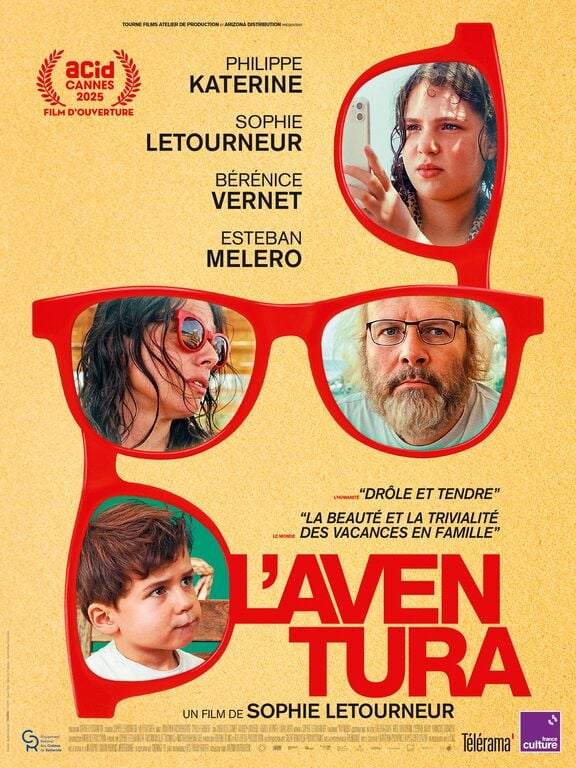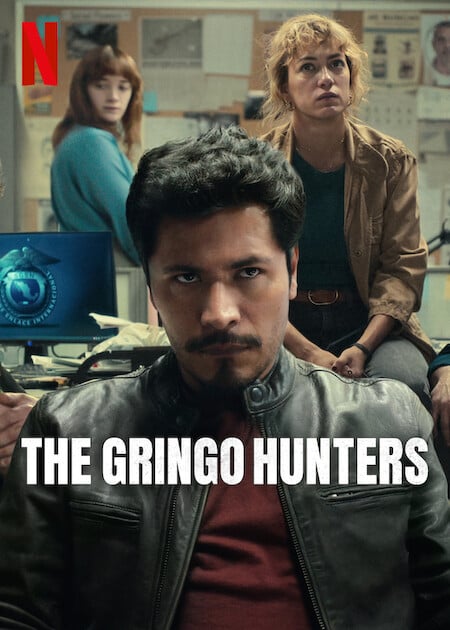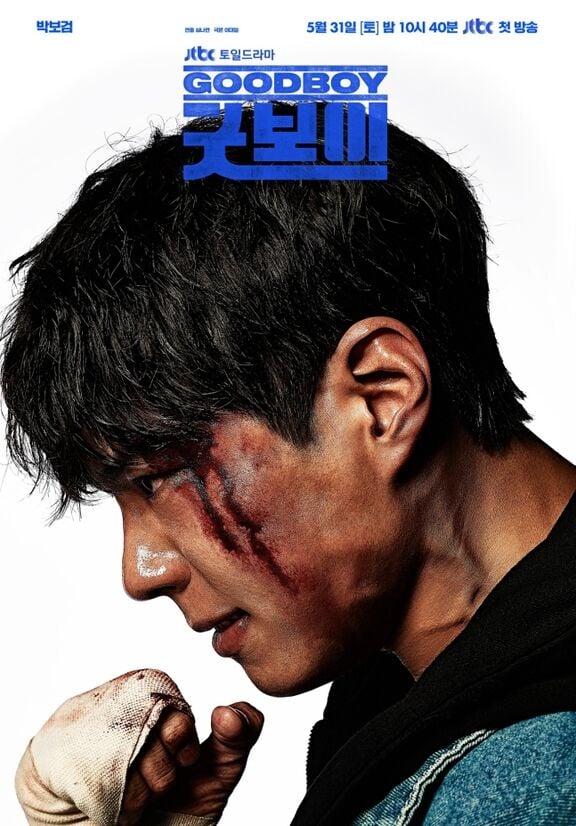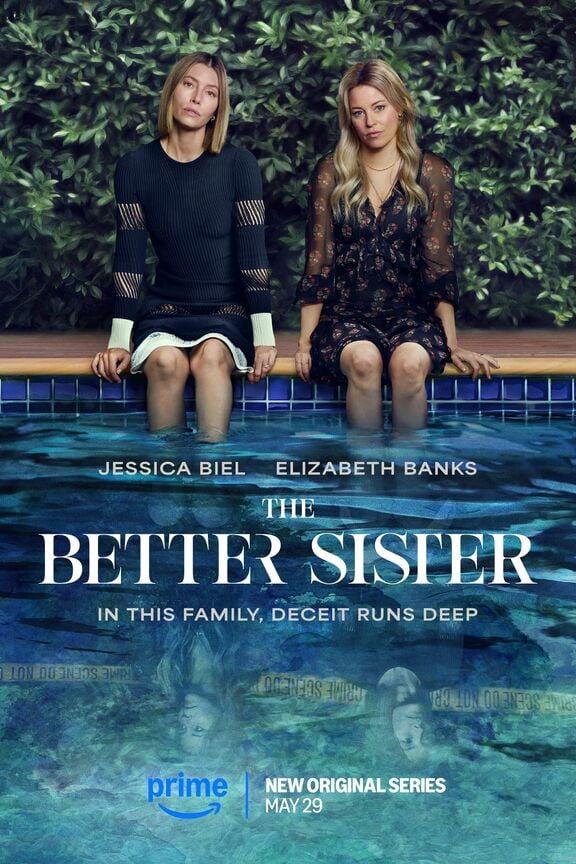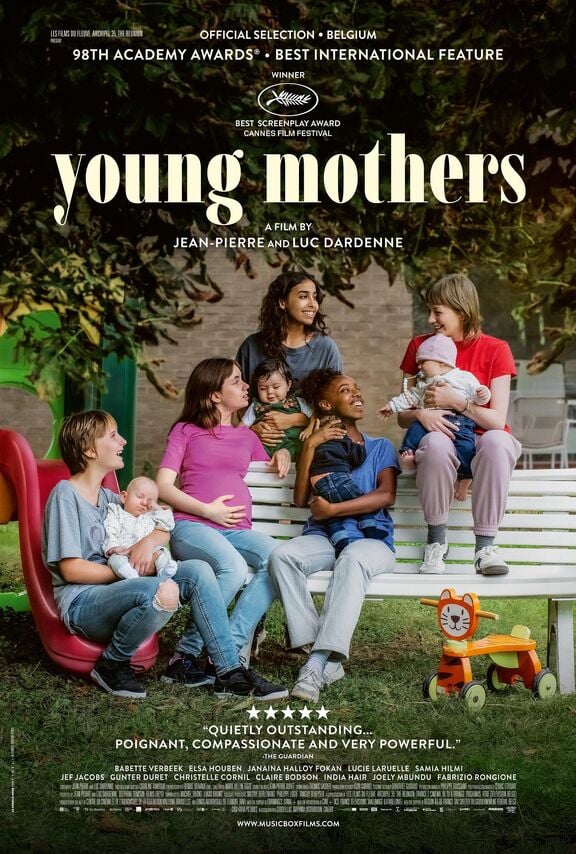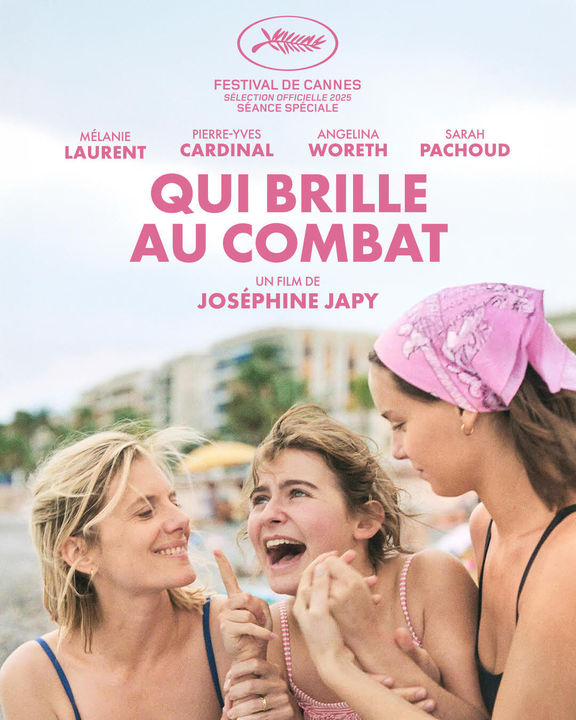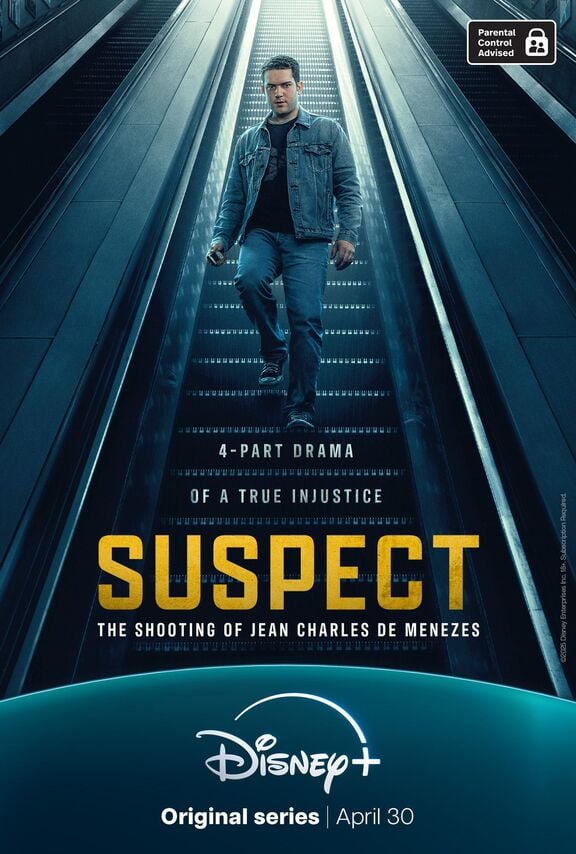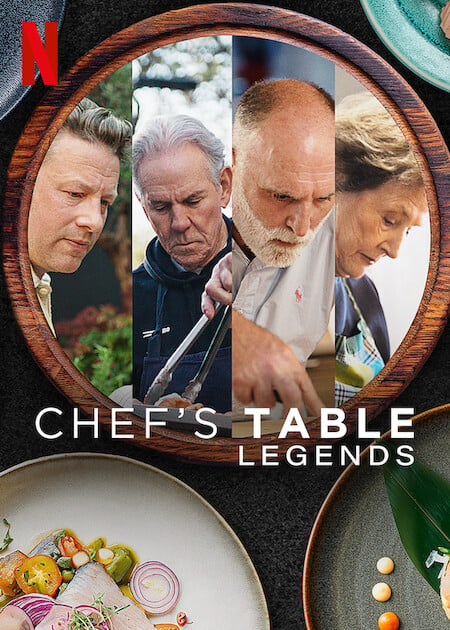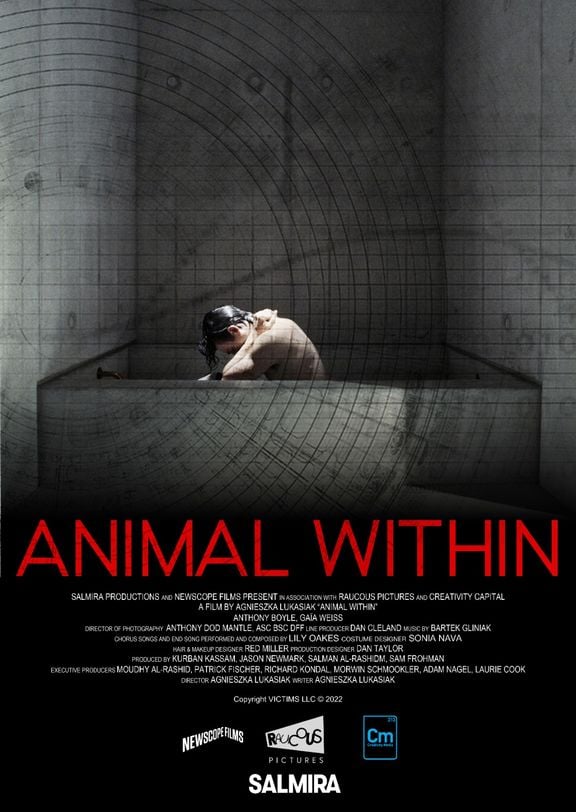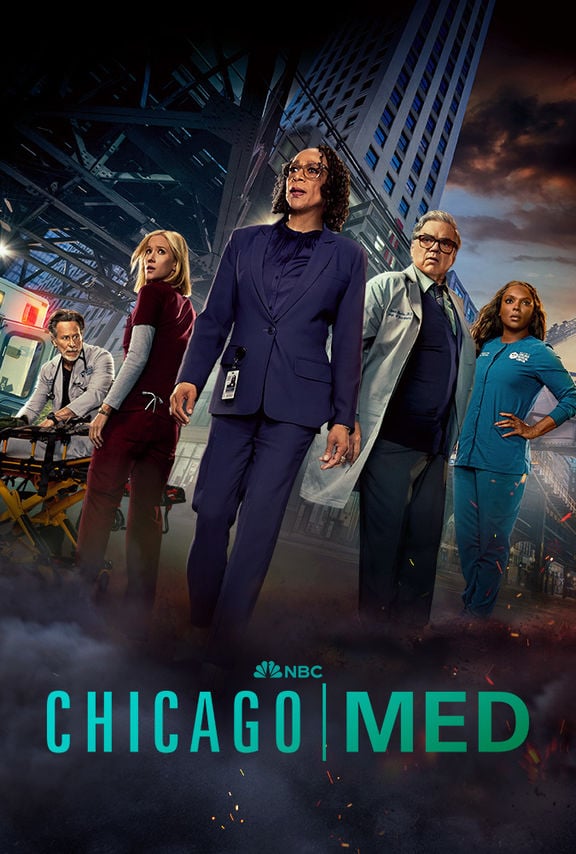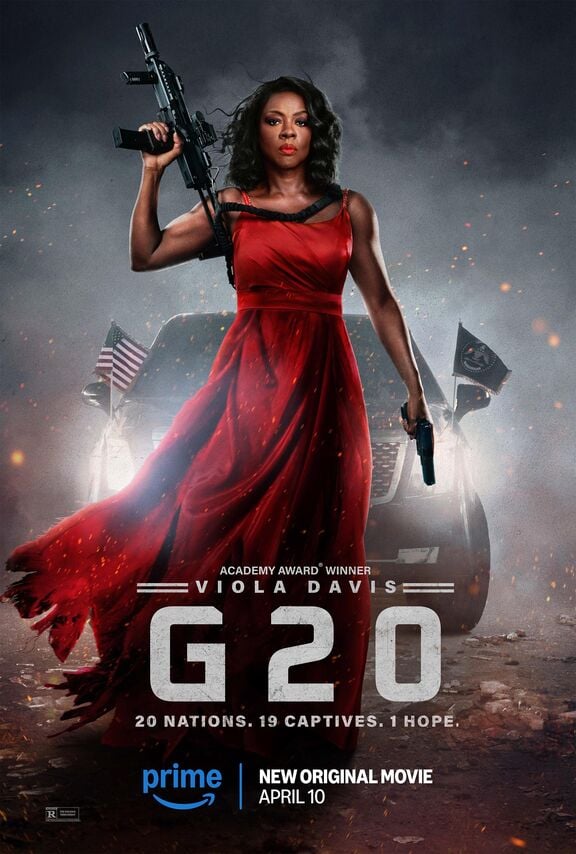
G20
2025 | movie
DoP Checco Varese, ASC
Director Patricia Riggen
Leitz lens LEITZ PRIME
Camera Sony Venice, FX3
Production Companies Amazon Studios | JuVee Productions | MRC Film | Mad Chance
Distribution Amazon Prime Video
Awards 1 win & 4 nominations total
Equipment Supplier Keslow Camera | Los Angeles
Country USA
CHECCO VARESE, ASC CAPTURES THE ACTION OF G20 WITH LEITZ PRIMES
Checco Varese, ASC chose Leitz PRIME lenses to bring director Patricia Riggen’s vision for the action thriller film G20 to life for Amazon MGM Studios. Academy Award winner Viola Davis stars as US President Danielle Sutton, who is forced to defend herself and other world leaders when the eponymous world summit is taken over by terrorists.
Seth Emmons: What can you tell us about this film?
Checco Varese, ASC: This is a movie for Amazon Studios called G20. It was produced by Andrew Lazar and directed by Patricia Riggen. The President of the United States, played by Viola Davis, attends a G20 meeting in South Africa when a bunch of bad guys take over the meeting. She had introduced a plan to help developing nations and farmers with loans to improve their lives, which would reduce immigration. The bad guys are opposed to this because they are white supremacists. There are some other motivations that are discovered as the movie goes on.
What did the testing process look like for this project?
South Africa has a very good film industry but has a limited amount of lenses so I did my testing at Keslow Camera in Los Angeles. In general, I’m agnostic about cameras, but I had decided to go with the Sony VENICE on this movie because I knew I also wanted to shoot a lot with the Sony FX3. It’s an action movie with a lot of cat and mouse, and from reading the script I knew we would be in a lot of smaller spaces. Characters are hiding in closets. There’s a fight in an elevator. So I knew I needed a smaller camera. My ARRI friends are wonderful. My RED friends are wonderful. But in this case, that was the chosen camera.
I had a few preconceptions about the lenses. Anamorphic was out of the question because it’s a different beast. It needs discipline. We had three units: 1st unit, 2nd unit, and a splinter unit. I knew it would be hard to control the quality of focus pulling, framing and camera language with anamorphic. Depth of field and minimum focus were concerns. Why put myself in the situation where I have to worry about action sequences being out of focus or too close to the lens?
For the test Keslow gave me four VENICE cameras. We put them side-by-side and tried a bunch of different large format lenses. For this movie the mandate from Patricia was to feel naturalistic. It’s already a suspension of disbelief because Viola Davis is the president and terrorists are taking over. She wanted to reaffirm the script with naturalism.
In my head the lenses needed to be beautiful and generous in the amount of detail. They needed to have a personality, but the personality couldn’t overpower the story. I started eliminating the vintage lenses, anything with artifacts in the highlights. After a couple hours I had my four favorites and among them were the LEITZ PRIMEs.
At that point I became very agnostic and brought Patricia in to look at them. I put the four different lenses on the cameras and had a couple of friends stand in. I pointed out some details in the shallow depth of field and out of focus in the background, then stepped back and said, “I can do the movie with any of these four lenses.”
I wanted to use the LEITZ PRIMEs, but I didn’t say it. Patricia and I have done five feature films together and a few television projects as well. We also happen to be married, so she trusts me to some extent, but I wanted her to be happy with the choice as well. There is nothing worse than hearing, “Well, you pushed me for this, but I really liked that…” Thankfully she immediately gravitated toward the LEITZ PRIMEs too.
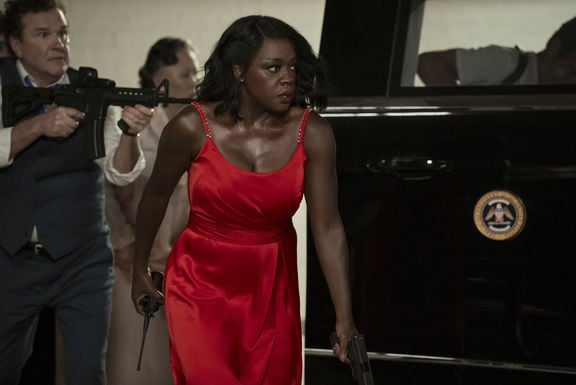
What pulled you toward the LEITZ PRIMEs?
This is completely personal, but to me the LEITZ PRIMEs have a classic look, like Hollywood in the 1970s and 80s. The detail in them is wonderful, but at the same time they have a patina of timelessness that is great.
I could shoot a period piece with them, or a Sci-Fi, or a contemporary piece. I could shoot a romantic comedy, or an action movie like I did. I know that they will adapt and help me create any of those looks.
I truly believe that the relationship between a cinematographer and a lens is like the relationship you should have with a friend. You don’t ask friends to do things they don’t know how to do. There are some friends I’ll ask to help me fix my car. There are some friends that I’ll ask to help me cook. But those are two different friends. The mechanic friend shouldn’t be in the kitchen and the cooking friend shouldn’t be in the car.
You have to know what you can ask, and if you ask politely the lens will respond. But, if you ask them to do something they don’t know, or are not capable of, then all of the sudden you’re twisting that relationship and you see that on the screen. It’s a very personal relationship, and if you talk to them they’ll answer. So if you see me leaning in listening at the front of the camera, don’t think I’m crazy. It’s because the lens is talking to me.
One has to understand that lenses are almost magical. They’re designed by an engineer in Germany with glass made of sand from maybe the beaches of Polynesia, then transported to Portugal, or wherever it is, to be melted and filed and polished. All that is very technical, but the result is something very emotional, and my relationship with the lenses is very emotional. That's why I don't own lenses, because then I'll be in love with those and I cannot find any other loves.
Were there any focal lengths you gravitated towards?
The range of the LEITZ PRIMEs is fantastic. We had two sets and shared them with the second unit. I believe I used the 180mm maybe three times in the movie. The 135mm is fantastic. The 100mm is great. The 75mm is perfect. We lived on the 40mm and the 65mm. I loved those lenses. We also did some fantastic closeups on the 29mm. The closeup medium lens was the 40mm, which in large format is wide like a 28mm. If you put a 28mm lens on a Super 35 camera all of the sudden it feels so wide, but on large format the 40mm felt perfect.
I found the sweet spot of the aperture at two and a half stops. It envelops the character in a very sweet and very generous way. The bokeh and fall off is fantastic. They are very generous lenses. With some other lenses the fall off is so hard that somebody’s pupil is in focus and the ear is out of focus, which for this particular movie was too much. I needed a little bit less fall off.
I believe the Leitz PRIMEs have a character, but it is very subtle. It adapts to what you need. There are some manufactures’ lenses that have so much character that when you watch a movie you say, “Oh, that’s such and such lens!” When you watch this movie I hope you find yourself saying, “Oh my God, that looks amazing!” and don’t get distracted by the lenses.
To me they have the same characteristics as the Leitz SUMMILUX-C lenses, but for large format. I’ve always been a big fan of the SUMMILUX-C lenses and shot It Chapter Two and The Strain with them. Fantastic glass, very generous, very silky. Not soft though, but like silk. Silk can feel soft but is actually very strong. They used to make sails for boats out of silk. I had the same feeling with the LEITZ PRIMEs.
The other thing I don’t want to forget is the flares. I’m a big fan of flares but also a big fan of naturalism. If I’m looking at you right now and then I look outside I squint my eyes because there is a big window there. I want the lenses to squint their eyes, but I don’t want the lenses to have cataracts, like how some lenses get milky when they get a flare. I’m happy to tell you that this patient does not have any cataracts.
When you have a soft side light the lens gets a little milky on the side, but this is a technicality. When you have direct flares, which happens in a ballroom scene with lights above and moving lights, the flares were delicious. They were amazing. We were pointing up at the lights and the LEITZ PRIMEs squinted their eyes a little bit, but no cataracts. It’s extremely important to me because I come from shooting news and documentaries. I won’t put up 2000 flags. A light is a light, and if it is on then it is supposed to be there.
That is a very unique characteristic of Leica lenses throughout history. Leica, and now Leitz, always take such good care of the light coming through the lens without letting it bounce around too much. You may see an element, you may see a little circle, but it doesn’t bounce around inside the lens. The architecture and the coatings and the engineering of the lenses are fabulous.
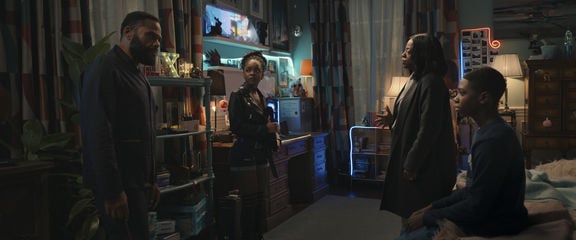
Can you talk about how the language of camera movement was used in this film?
The movie starts in a very presidential way, very studio mode. Whether it was Steadicam with our wonderful Steadicam operator Joseph Arena that traveled with me, or dolly, or Technocrane, everything was very smooth. And then all hell breaks loose and we get into handheld. But not crazy handheld, more hand controlled, almost restrained. And when things really go bad, we go back to the studio mode to juxtapose and not hammer the audience with more dialogue from the camera.
I tend to describe the camera language as the commas, dots, exclamation points and question marks in a sentence. You write with light, with performance. You write with sets. You write with shadows. But then you need a comma, and then you need a dot, and then you need an exclamation mark. That’s what camera language is. It lets you breathe. It lets you question. It lets you emphasize. The conjunction of all these elements make a movie. Camera language is an important part of the storytelling. It has to glue the movie together.
There are a lot of different ways that filmmakers approach action sequences regarding camera movement, framing, editing choices, etc. How did you approach it in the film?
I have to put a disclaimer. I was a war correspondent cameraman for 14 years of my life before becoming a cinematographer, so I try not to romanticize action. I think violence is bad no matter how you do it. I’m not criticizing any movies. I’m just saying that if there is a guy with a machine gun and he starts screaming and shooting and you put that in slow motion and you see the corpses exploding in slow motion, you’re romanticizing a very violent act. I think people would be revolted if you saw a guy with a machine gun killing pandas in a zoo. That movie will never make the light of day. But if you get a machine gun and shoot “bad guys,” people will clap in the theater. There’s a twisted reality to our viewing.
So I try to shoot action in a naturalistic way. I believe that action happens in a split second. If you see a school fight between two kids, it’s very messy. It’s not even like boxing. It’s not like, I punch now, then you punch, and I react, then I punch again. No, no, no. It’s very messy. There are like seven punches in five seconds. If you watch Canelo [Álvarez], there are like seven punches in a second and a half.
In this movie you have an unwilling hero in the president of the United States who ends up having to be a hero. She’s in the right place at the wrong time. I felt the action had to be very efficient, very controlled and very violent, but at the same time very believable. We tried to use as little tricks as possible.
The approach to action and violence was always through somebody’s point of view. If it was the audience’s point of view we shot a little wider and a little more stable. If it was the character in the midst of the action it was tighter and more frantic. We mixed a lot of Steadicam with long-ish lenses and handheld.
With your background as an operator, did you also operate on this film?
I love to operate. I often jumped in on B camera, A camera, C camera, D camera, whatever. I love to imprint my own language with the camera.
I remember years ago the first time I shot something for a second unit. They needed a D camera for a big, high fall. They put on a 25mm lens, handed me the camera, and said, “Frame the guy falling and try to not frame the mattress at the bottom.” I said okay. So the guy fell, boom! The second unit director came over and said, “Very good. Can you do it with a tighter lens?” Yeah, whatever. Of course. So I put on a 50mm and did it again. Then there were like three people behind me.
“Can you do it again with a very tight lens?” I said yes. So I put on a 135mm, framed the guy falling from the sky, and stopped before the mattress. They were shocked that I could do it. I said, “Guys, it’s very simple. The guy falls from here to here. <laughter> As a news cameraman nobody told me where they were going to be shooting, who was being shot at, or where the shots were coming from. I had to whip pan, find the guy, zoom myself, focus myself, zoom out, and then pan with the guy, and then whip pan to the next guy that was shooting.
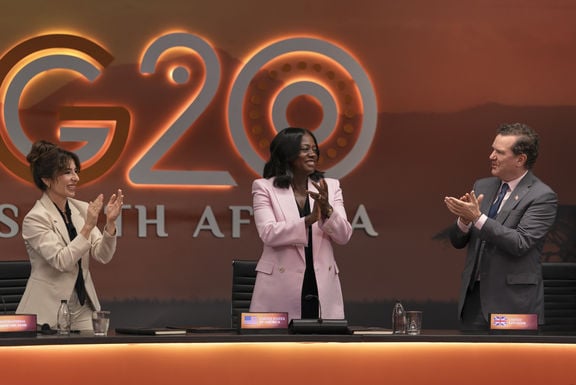
How was filming in South Africa? Was there anything surprising about it?
South Africa has a history of filmmaking since the late ‘90s. They became the hub for European commercials because when it’s winter in Europe, it’s summer in South Africa. Now they have great studios and a very healthy film industry. It feels like there are more movies shot in South Africa than in Los Angeles today.
The crews are great but they do work slightly differently so you have to adapt to their style. I would ask the grips for the dolly and the camera department for the camera and the head. The camera team replied, “The head comes from the grips.” Oh, okay. So I turn to the grip and say, “Please bring the head and then put two flags here.” “Flags are electricians.” Okay, fine. Whoever wants to bring whatever, please bring it. And somebody please put a flag here. <laughter>
We shot Cape Town for Cape Town and that is a very welcome thing. When you’re in Atlanta and trying to make it look like New York, or in Toronto trying to make it look like California, or in Albuquerque trying to make it look like Miami…it never really works. They say, “Oh, don’t worry. We’ll put in the palm trees later.” Yes, but I need to frame the palm trees, so somebody tell me how high a palm tree is.
Being in Cape Town liberated us. We just had to open the door. You look around and say, “Can we shoot there? Yes? Okay, great.” That was wonderful. Cape Town is one of the most beautiful geographic settings ever. In the right time of year the surroundings, Table Mountain, the ocean…it’s stunning. We took advantage of every corner that we could.
What are some of the benefits or challenges, if any, when working with family on set?
Well, it’s kind of like taking out the trash. On Tuesday night you take the trash out of the house, put it in the bins, and move the bins to the curb. Wednesday afternoon you bring the trash bins back in. But, before that you had to move the car. You notice the car is low on gas so you go to fill it up. On the way back you get a call from home to pick up some milk. It just keeps going like that. Working for Patricia as her cinematographer is exactly the same, except I get paid, I get P&W, I get invited to a premiere, and in this case I got to go to Cape Town.
We’ve done many projects together, like The 33 and Jack Ryan. There is a huge advantage in working with somebody you’re in love with. Think of the great cinematographer/director pairs that did so many films together. In some form you have to be in love with someone to work with them that much.
The main difference for production is that they get a DP to prep for free for nine months. Usually when a director gets the script they don’t share it with the DP right away. Maybe you get it six weeks beforehand. For this film I read the first script, and the second, and the third, fourth, fifth. I participated as a fly on the wall with casting. All that participation makes it a personal project and a personal enterprise. It’s wonderful and I wouldn’t change it for any money in the world.
You’ve mentioned “naturalism” a couple of times in this conversation. Can you expand on your feelings of naturalism and realism when it comes to filmmaking?
I find a big difference between realism and naturalism. I don’t do realism. Realism is CNN. Néstor Almendros said something like, I don’t do realism, I do naturalism. His lighting felt natural even if there was a 20K outside the window.
Take for example The Strain which I shot for Guillermo del Toro on SUMMILUX-C. It’s about vampires taking over New York. There is nothing real about that, I certainly hope, but if you create a natural, believable way of showing it then the audience can believe it’s going to happen. Sandra Bullock never went to space and Matt Damon never went to Mars, but you have to believe they are there so you approach it in a naturalistic way. Once you break the rules then all of a sudden something breaks in the audience’s attention.
Of course the rules are whatever you establish them to be. Vampires move at super high speeds? Great. Then at some point if there is a vampire moving in slow motion the audience is going to be pulled out and wondering what happened. There has to be a reason. Maybe the reason is that you’re showing the victim’s point of view and the victims see vampires in slow motion. I try to make rules in my head of how it is going to work. There has to be an explanation. You have to establish a real world and that world has to be believable. That’s what I mean by naturalistic.
This film was interrupted by the strike with production stopping and starting up again. Were there concerns it wouldn’t get finished?
Making any movie is like a miracle. The script is good. The actors are available. The director is available. The DP happens to be there. Somebody put up the money for us all to be there and we all showed up. This movie was extra challenging because it happened in the middle of the strike.
We stopped and had to start again, but we didn’t lose casting. We didn’t lose crew members. There were like 150,000 ways the film could not have gotten made, but the director had a clear vision and pushed it, we all came together to fulfill it. It’s magical. I think that’s the beauty of this job. I love the feeling of showing up on set and looking around and seeing everyone there. Then I say to myself, “Okay, everything is ready. I think we should roll camera. There is nothing else we can do.”
G20 is available to stream on Amazon Prime Video worldwide as of April 10, 2025.
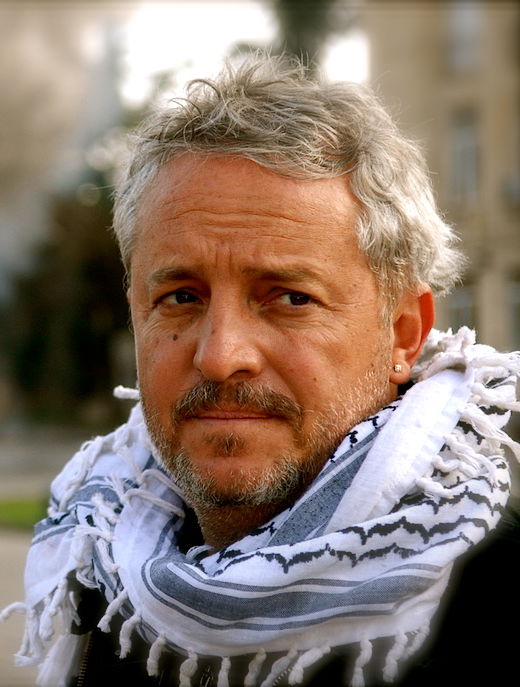
Overview
DoP Checco Varese
Lens used
LEITZ PRIME
Performance
